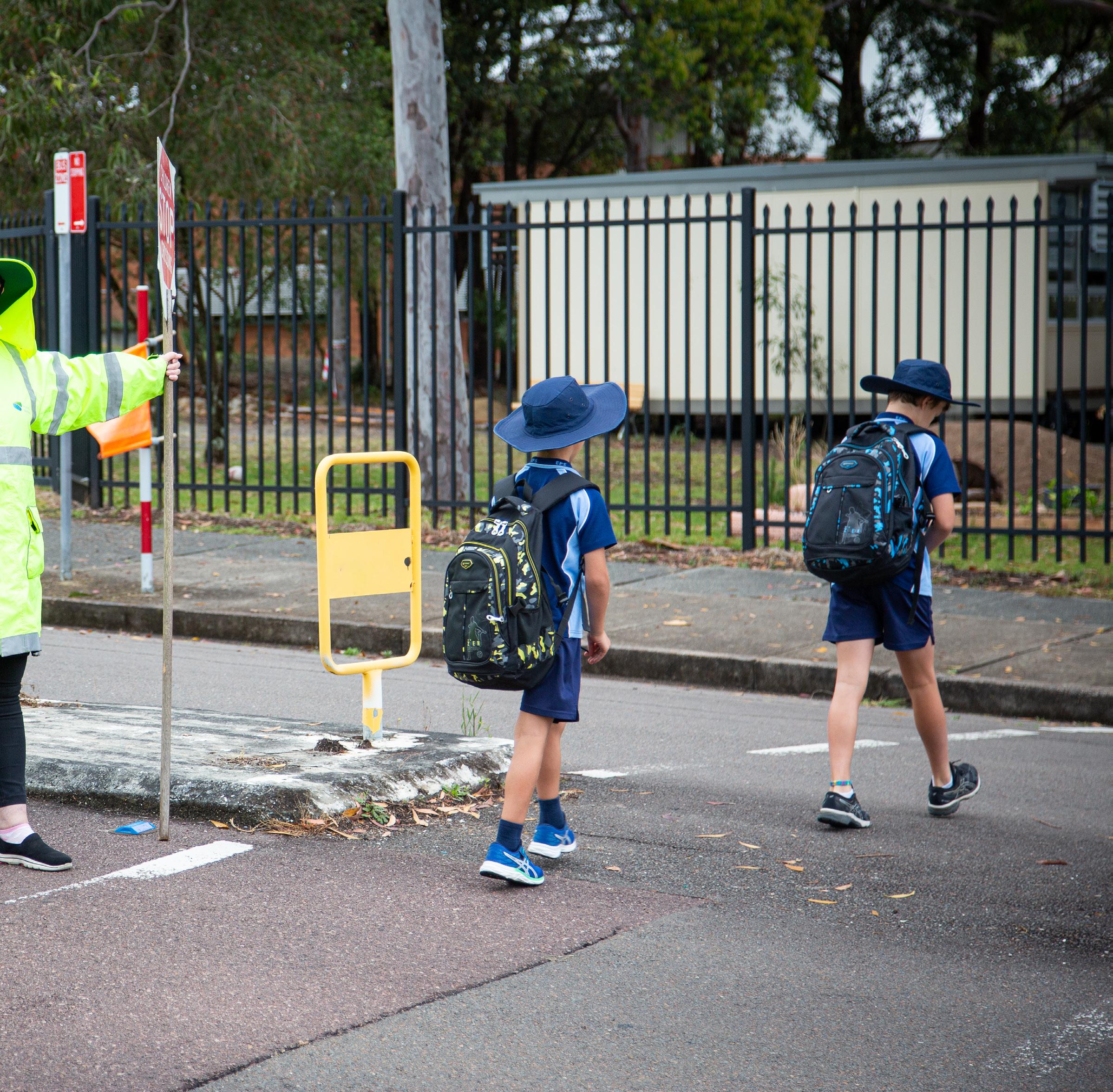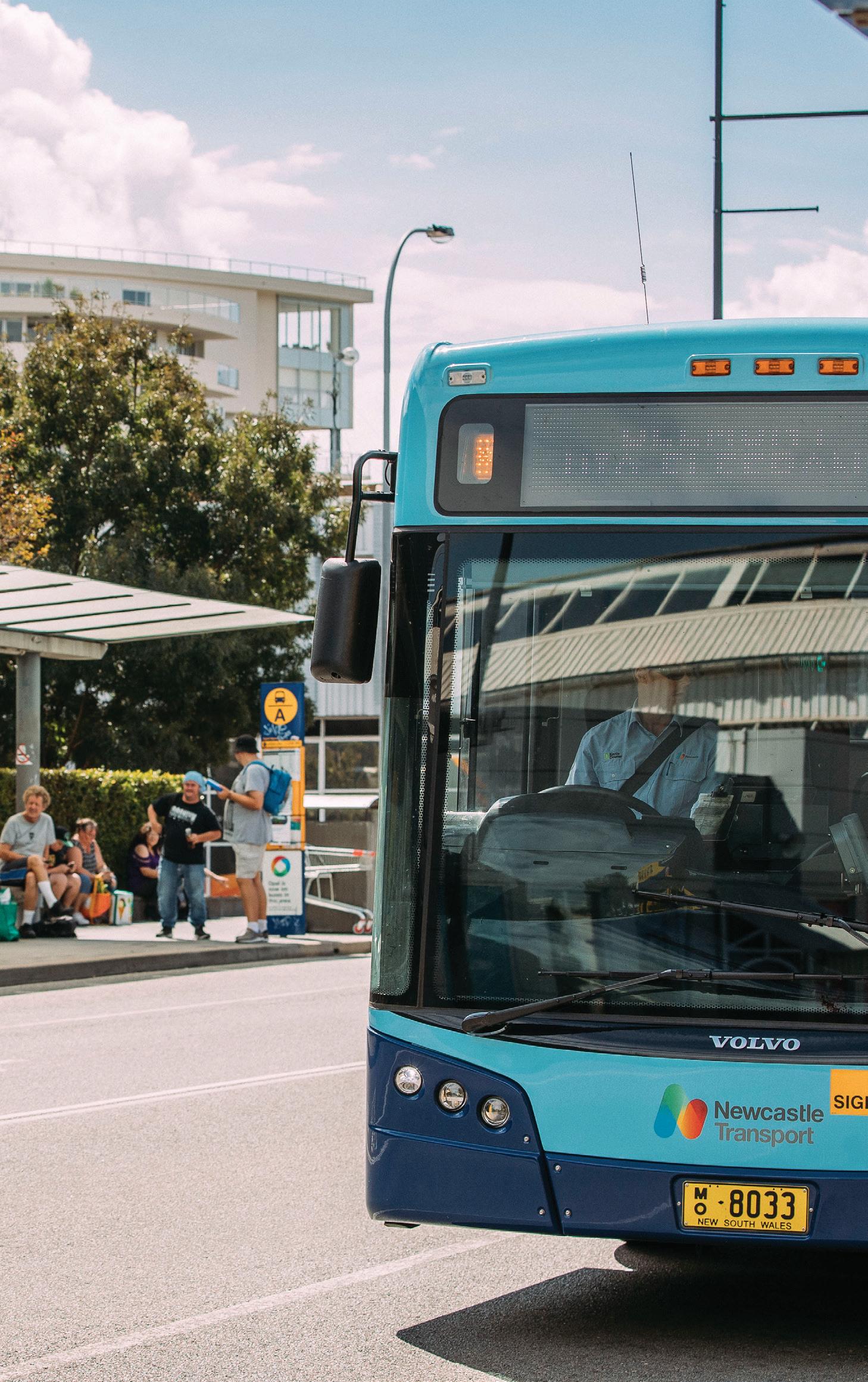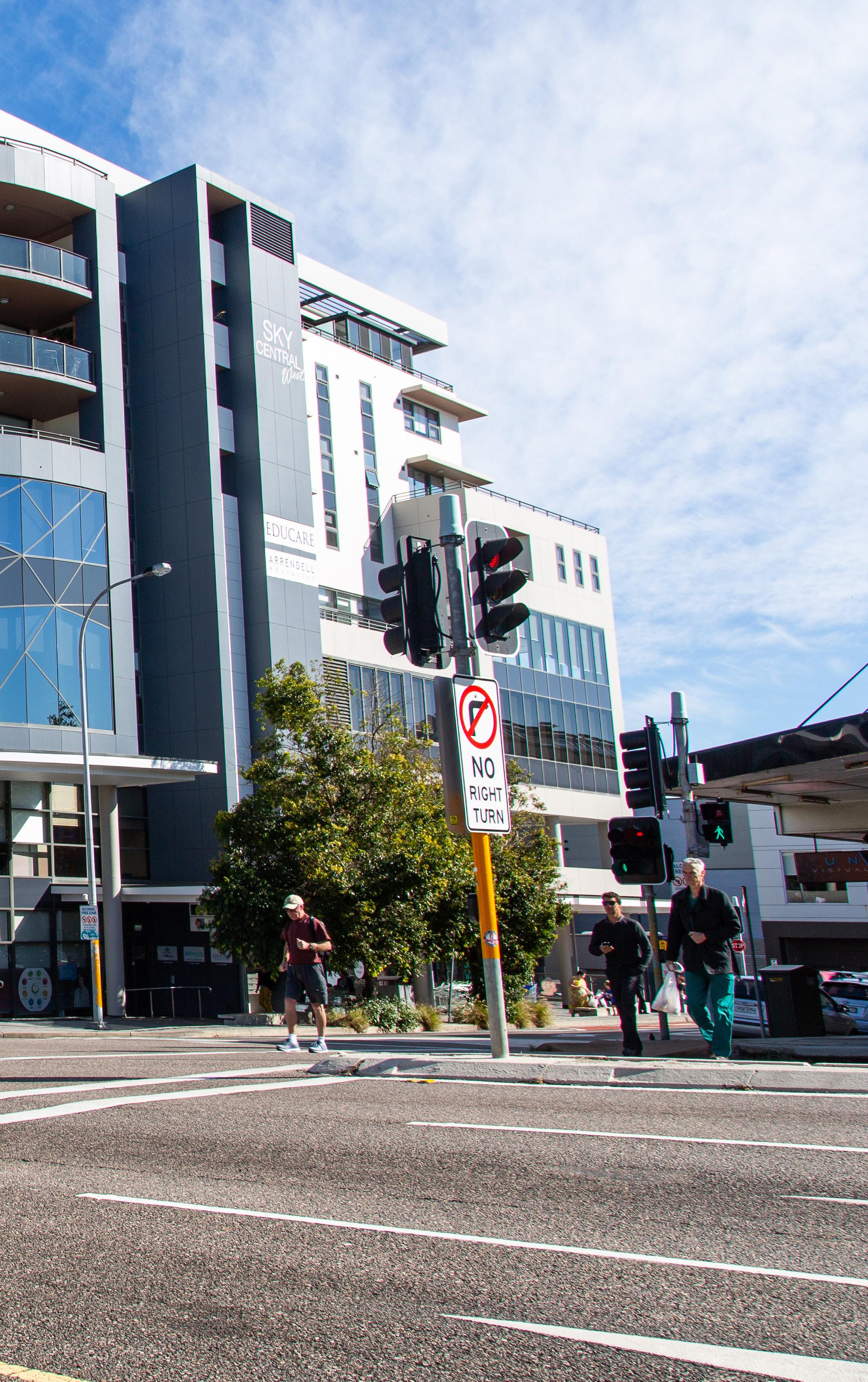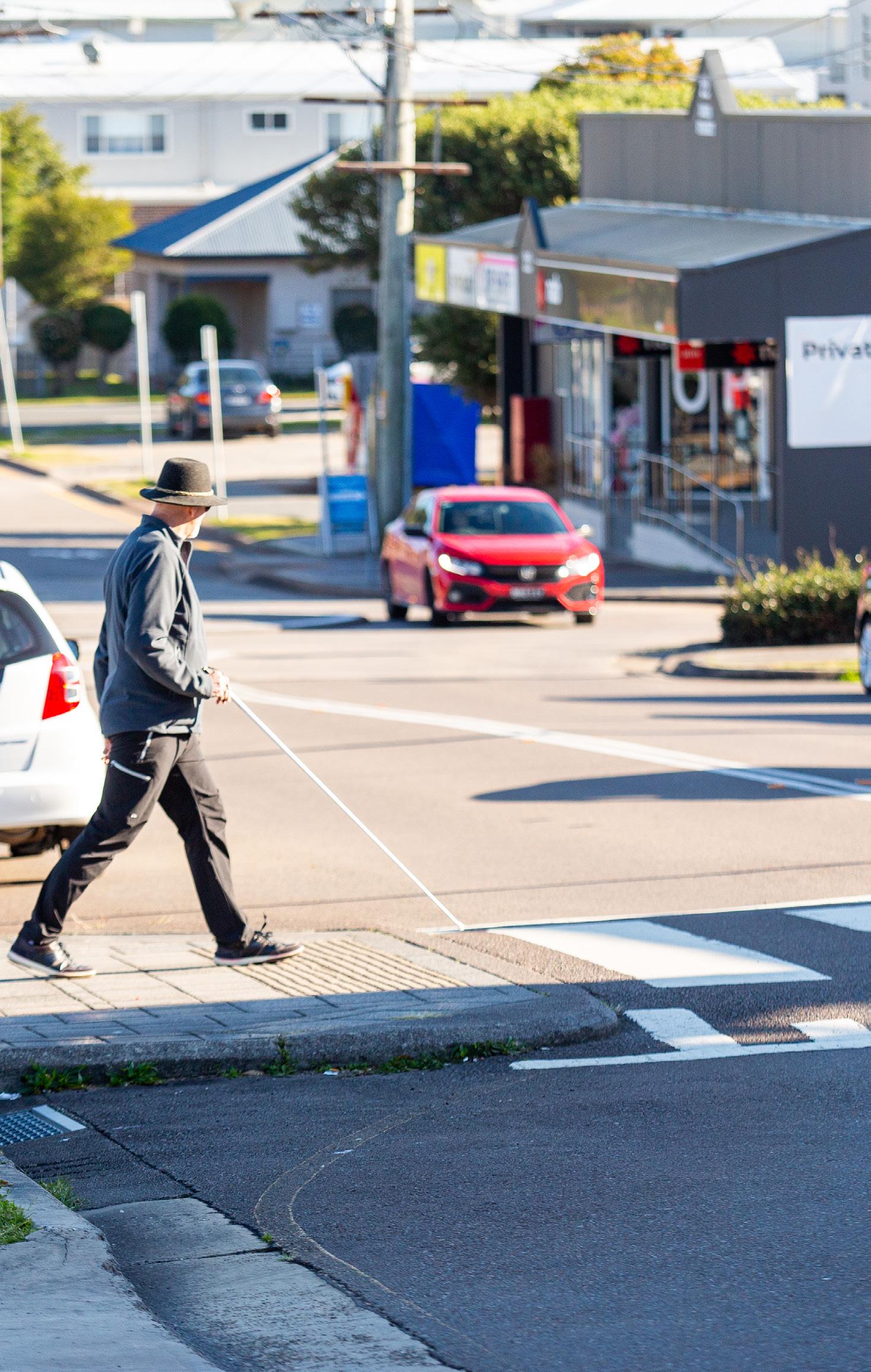
2 minute read
Active travel to schools and road safety
#4: ACTIVE TRAVEL TO SCHOOLS
AND ROAD SAFETY
Our City has 90 education institutions. In 2020, the City had approximately 40,000 school age children. This is expected to grow as Lake Macquarie continues to entice young families. Most primary schools have student intake catchments of around 2km—a 15-20 minute walk or shorter bicycle trip. High schools draw on larger areas, requiring a combination of walking, buses and cycling. Around 1 in 5 students walk to school/education, 1 in 3 catch the bus and 2 per cent ride their bike. Almost half of students arrive by car. Safe crossing facilities provide the greatest benefit in helping young people get to school. Footpaths are also important as in NSW children under 16 years of age can legally ride on footpaths. Many schools in older neighbourhoods lack footpaths and crossing facilities. Increased traffic around schools has also prompted more families to drive children to school.
IDENTIFYING PRIORITIES
We will collaborate with schools, the NSW Department of Education, School Infrastructure NSW and private schools to develop school entry and exit plans to help identify and align pedestrian, cycling and traffic improvements on priority streets. Entry and exit plans identify preferred entrances and exits for parents and students. This assists with pedestrian safety and traffic management in the surrounding street network. We will: check-circle target schools with agreed student entry and exit plans check-circle target streets with higher traffic volumes and speeds check-circle target schools with a greater proportion of students residing within a 2km area check-circle fast-track low-cost traffic, parking and bus stop adjustments, guided by officer technical investigations and stakeholder engagement check-circle review and identify key school active travel routes when preparing place-specific locality plans check-circle encourage communities to organise school
‘walking buses’ and promote walk and ride to school day.
Investigations and stakeholder engagement will be combined with Council’s traffic management investigations and school sustainability engagement activities. Each year we will attempt to target both high school and primary school improvements as part of our overall pedestrian improvements program. Schools will also benefit from investment in the Principal Bicycle Network and local access bicycle routes.
ACTIONS Ongoing

check-circle Collaborate with education stakeholders to identify pedestrian, cycling and traffic improvements check-circle Promote walk and ride to school day check-circle Partner with schools/communities to facilitate the delivery of bicycle skills and maintenance training







